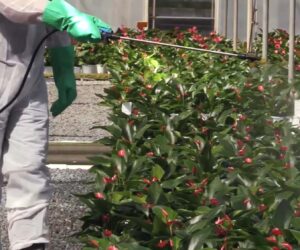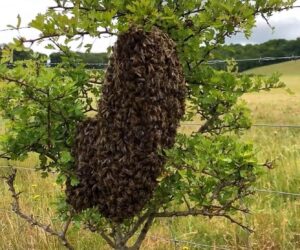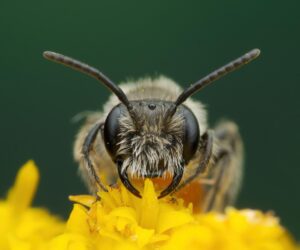
Picture shows Andrena pellucens, undated. Environmentalists in Austria have revealed the "sensational" discovery of a rare solitary pollinator. (Karim Strohriegl, NewsX/Bee)
Styria Praised As ‘Exciting’ Wild Bee Research Area
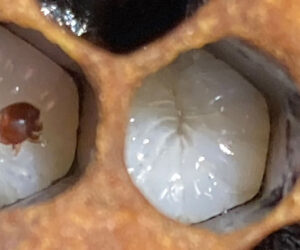
Varroa mite in an open breeding cell, undated. Honeybee colonies could be at exceptionally great risk of being struck down by Varroa mite attacks this winter, according to a renowned biologist. (Universität Hohenheim, Lina Sprau/NewsX/Bee)
Varroa-Intense Winter Could Lie Ahead, Biologist Warns
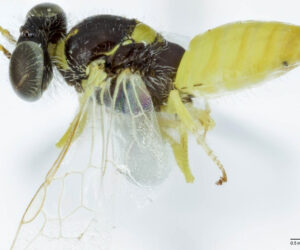
Picture shows Male Xanthesma (Xenohesma) brachycera, undated. Two different Australian bee species are actually males and females of one type, DNA tests have revealed. (CURTIN UNIVERSITY, NewsX/Bee)
DNA Check Identifies Presumed Different Bee Species As Males And Females Of One Type
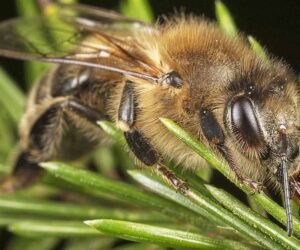
A honey bee (Apis mellifera) collects honeydew on a pine tree. The study shows that the Steigerwald, which is dominated by beech trees, offers honey bees inadequate food resources. (Ingo Arndt, NewsX/Bee)

